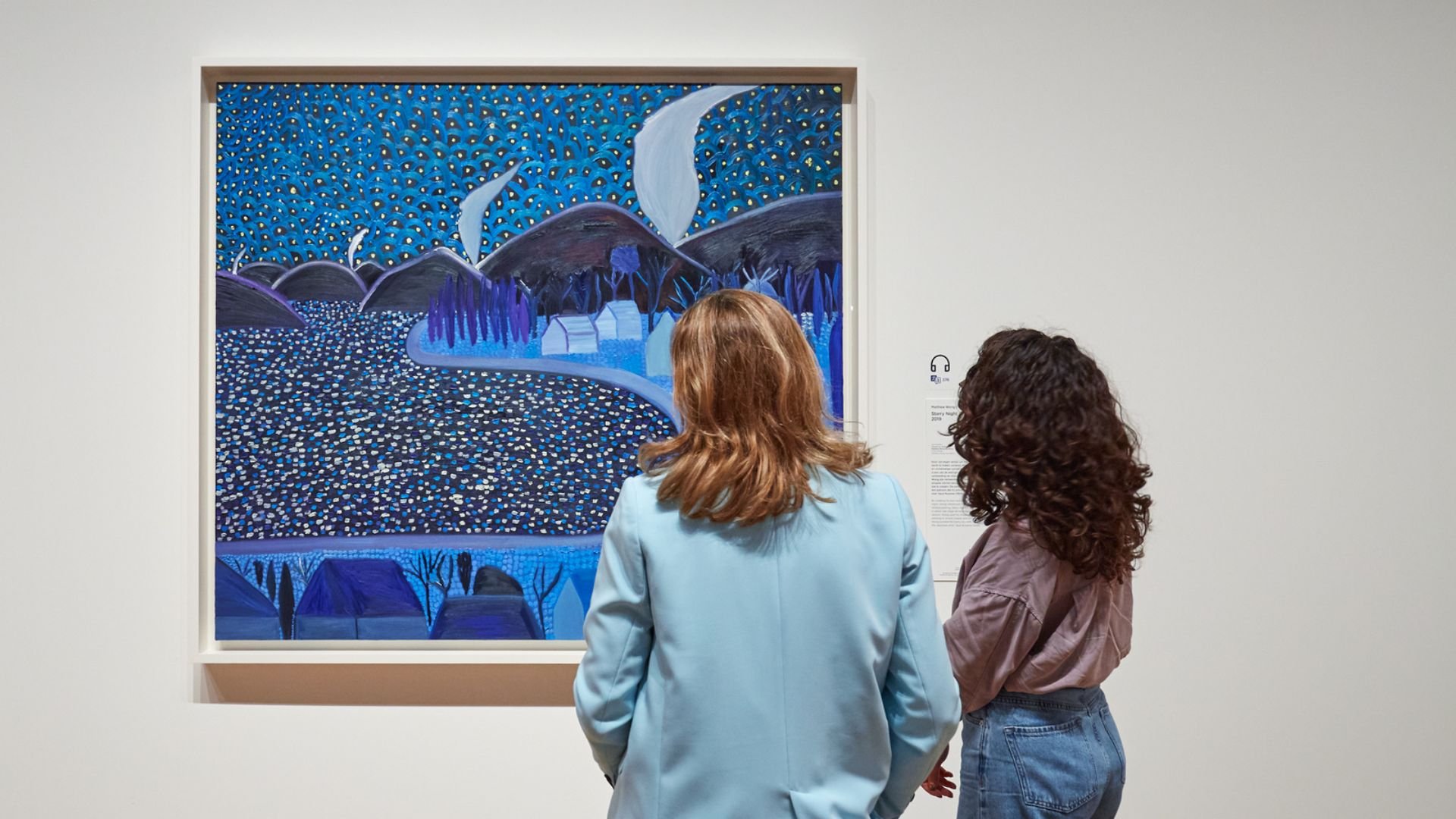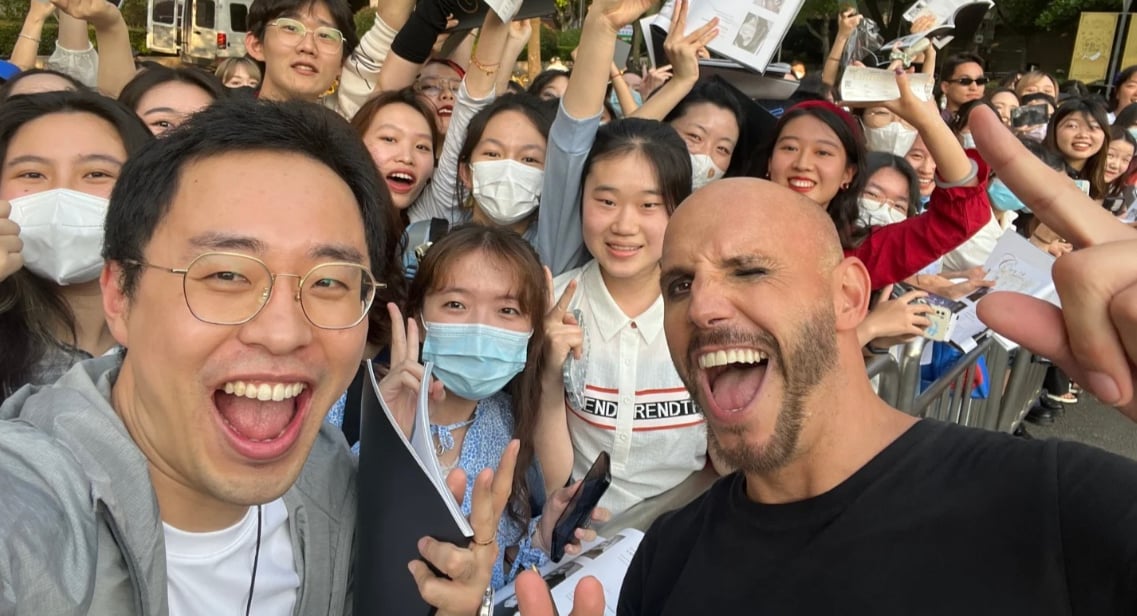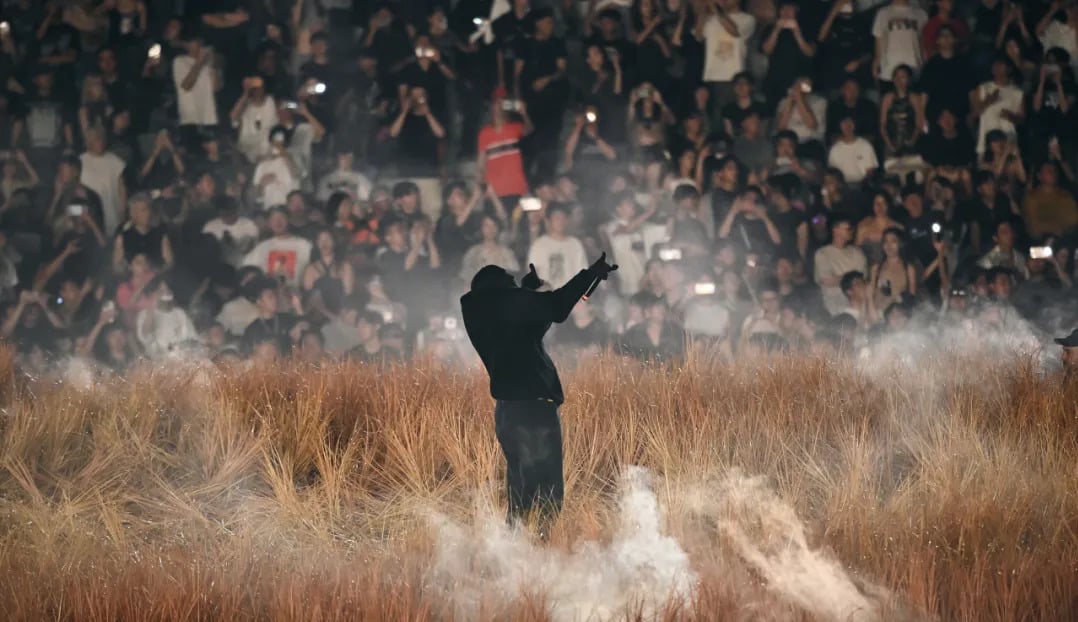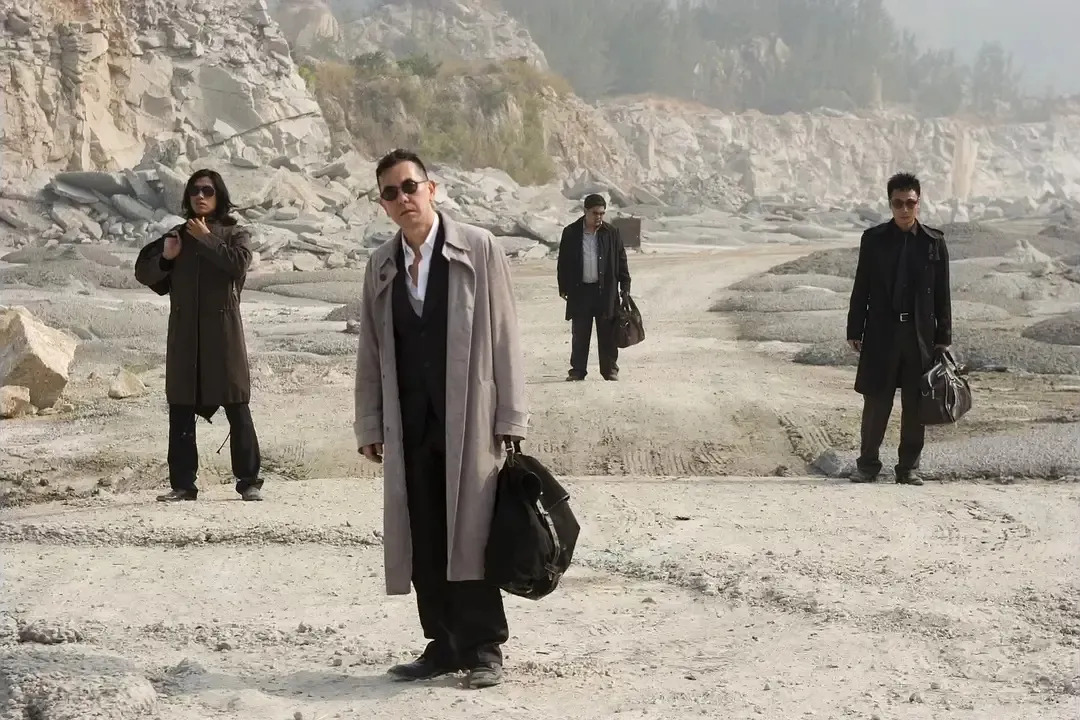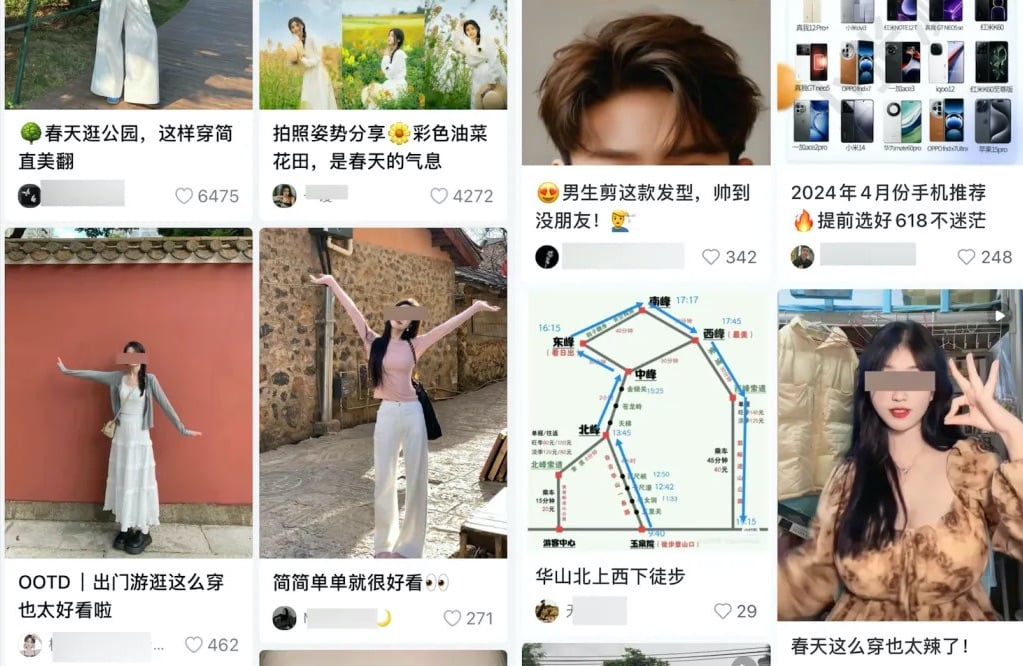Like a good detective story, a policeman and his civilian sidekick work together to tackle the problems plaguing their city. But instead of street crime, a gay policeman (who has decided to remain anonymous) and straight artist Wu Qiong are fighting gay conversion therapy. Their plan of attack? Red trucks with slogans slamming the practice, inspired by the billboards in Three Billboards Outside Ebbing, Missouri.
The movie tells the story of a woman who rents three billboards to bring attention to the unsolved rape and murder of her daughter. “Three Billboards was about raising and questioning unresolved issues. We wanted to also use this format to raise doubts (about conversion therapy),” Wu told AFP.
Conversion therapy employs unscientific techniques in hopes of altering subjects’ sexual preferences. Methods can range from electric shocks to physical violence or solitary confinement.
Gay rights have a tumultuous history in China. It was only in 1997 that same-sex sexual activity became legal, and in 2001 that China removed homosexuality and bisexuality from their official list of mental illnesses. But changing currents have started to appear — in 2017, a psychiatric hospital was court ordered to compensate a gay man who had been forced to receive conversion therapy.
Related:
 New Beijing Mag Missionary Goes Deep on LGBTQ+ Culture in ChinaCo-founders of the Beijing mag discuss rising icons on the Chinese LGBTQ scene, pervasive stereotypes, and China’s so-called “masculinity crisis”Article Jan 16, 2019
New Beijing Mag Missionary Goes Deep on LGBTQ+ Culture in ChinaCo-founders of the Beijing mag discuss rising icons on the Chinese LGBTQ scene, pervasive stereotypes, and China’s so-called “masculinity crisis”Article Jan 16, 2019
In the past, Chinese authorities have cracked down on LGBTQ+ activists and advocacy groups. Børge Bakken, a criminologist at the Australian National University, argues that the State is seeking control. “They are cracking down on LGBT events, not particularly because these people are gay, but because they see their organizing as a potential threat.”
But Wu’s Three Billboards project has proven durable. The current movement has yet to encounter any opposition or censorship, with their social media hashtag breaking 6 million views. So far, the project has raised 20,000RMB (just under 3,000USD). But Wu hopes that he’ll be able to raise three times that for drivers and fuel.
“Our ultimate goal is for more people to talk about this,” said Wu. They received a warm reception in Nanjing this week which was “quite inclusive”, he added.
